IT was a bloody mess.
Blood spattered the floor, walls, and a small wooden table in what could only be called a torture chamber, nestled in the basement of a squat concrete building. A drill, knives and various pieces of gardening equipment littered the table, each coated in a thick layer of congealing blood. It was a scene out of a nightmare and the faces of the paratroopers, who first encountered the horror, revealed surprise and revulsion. This was not the bomb-maker's lab they expected.
Taliban forces had captured a fellow Soldier and were supposedly holding him in this same building. The Soldiers who came upon the scene had less than 10 minutes to collect any evidence left by the kidnappers or clues from the missing Soldier, before security forces could no longer hold the perimeter. With that thought in mind, each member of the five-man team quickly and efficiently went to work photographing, examining and documenting the scene.
With a shout, the team stopped their mad scramble through the building. One team-member had found something that would answer their immediate questions.
In a corner of a room, sitting above the blood-spattered chamber, stood a steel chair, cold and empty, with strands of tape wrapped tightly around the back and legs. Someone had been restrained there and then quickly cut away. But the clue the team found was a tiny sliver of paper, folded, and placed into the joint where the legs of the chair met the back.
In the sudden silence the team unrolled the paper. This was what they had been looking for, the information they so desperately needed. Scribbled hastily in fine print, were the initials of the missing Soldier, the last four of his social security number, today's date, and "+3CF," meaning three more coalition forces had been held with the missing Soldier.
With a shout, of "ENDEX," everything came to a halt. This portion of the Forensic Material Collection and Exploitation Course was over. The team assembled outside, stomping or wiping the blood, which was actually colored corn syrup, off their gloves and boots. They huddled with an instructor from the U.S. Army Military Police School to review their actions in the mock torture chamber and the building it resided in. The carnage encountered in the basement was only a distraction, the instructor said; the real evidence was the slip of paper on the single chair in an empty room.
This was only one scenario in a string of events paratroopers from the 2nd Brigade Combat Team, 82nd Airborne Division, encountered during the weeklong exercise held at Fort Bragg, N.C. The purpose of the training as described by Frederick King, an instructor and senior analyst with Six3 Systems and the USAMPS, "is to take the insurgents off the battlefield."
The training facilitates this by teaching Soldiers the skills needed to identify, collect, preserve and process forensic material. "They (Soldiers) know how to fight," said King. "We want them to see how to connect a bomb maker to a scene."
For the first day and a half of training, the paratroopers were given classroom and hands-on instruction on the sequence of site exploitation, which included fingerprinting techniques, lifting latent fingerprints, photography, and the collection and documentation of evidence. Spc. Joseph Tapia, a military police Soldier with Headquarters Company, 2nd Brigade Special Troops Battalion, described those first classes: "We went over simple things at first, like how to light up a fingerprint on any surface in the dark with only a flashlight."
King said they wanted the Soldier to be able to take a latent fingerprint in the dark, with a flashlight, in less than 30 seconds.
Following the classroom portion, the Soldiers were given what the instructors call a "shock-and-awe scene." "We lay it on as heavy as we can," King said. And by heavy, he means a murder scene inside an improvised-explosive device factory.
King went on to describe how the training can be overwhelming, and they often leave the scene with little to no evidence; but that's only the beginning. From there, the paratroopers start with simple scenarios and then spend the next three days taking on increasingly complicated scenes.
The overarching mission of the exercise is the search for "Sgt. Jack Daniels," who went missing after a helicopter crash. The Soldiers must collect evidence throughout the exercise that will lead to the capture of insurgents, and the eventual rescue of their missing comrade.
Though taught by the USAMPS, the training is designed for Soldiers from a variety of job specialties. Each of the teams consisted of military policemen, infantry, scouts and Soldiers from numerous other jobs. "It's not just MP-oriented," said Tapia, "When we bring other MOSs (military occupational specialties) together, it completes the puzzle."
As the scenarios become more complicated and the time limit becomes increasingly constrained, the Soldiers become more adept at the sequence of site exploitation. The sequence is a five-step process that includes security, photography, material collection, lifting fingerprints and scene documentation. "(Soldiers) have to learn to prioritize rooms and evidence with a limited amount of time," said Capt. Frank Kraut, military police platoon leader with Headquarters Company, 2BSTB.
In some of the more advanced scenarios, the Soldiers are given multi-room buildings that might be an electronic shop. Trying to discern which components in an electronic shop were just normal items and which were IED components can prove difficult. "Soldiers have to understand how to prioritize what's important, like a cell phone or a cell phone that's wired to a battery and explosive," King said.
The skills the paratroopers acquire during the training allow them to process an entire site, regardless of the outside support from other federal or military investigative agencies that might be available.
Though only a small group of paratroopers from the 2BCT was involved in the weeklong training event, they now have the capability to take that training back to their individual units and pass it on. "It's the simple techniques they can pass on to other Soldiers," said King.
Tapia summed up knowledge he and his fellow troopers had gained from the course:
"This is what helps us apprehend insurgents and get them off the road and not making bombs. It's what happens after the door is kicked in and the room is cleared."
Sgt. 1st Class Seth Laughter is the public affairs noncommissioned officer in charge, 2nd Brigade Combat Team, 82nd Airborne Division, Fort Bragg, N.C.

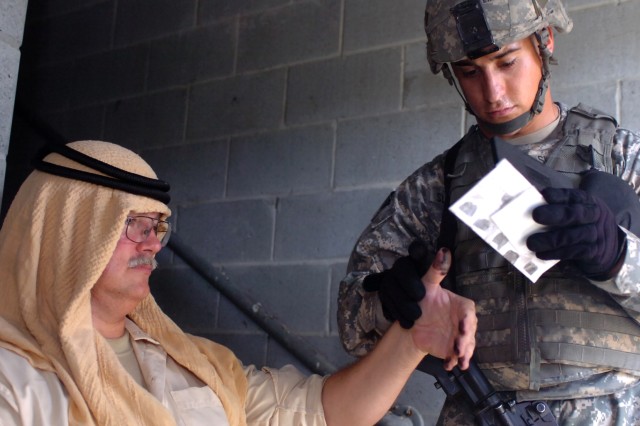
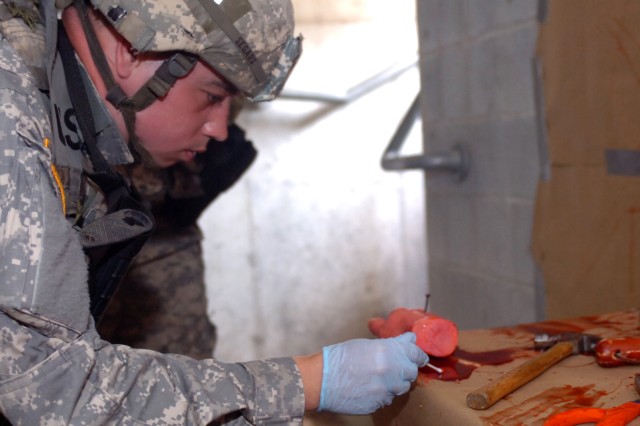
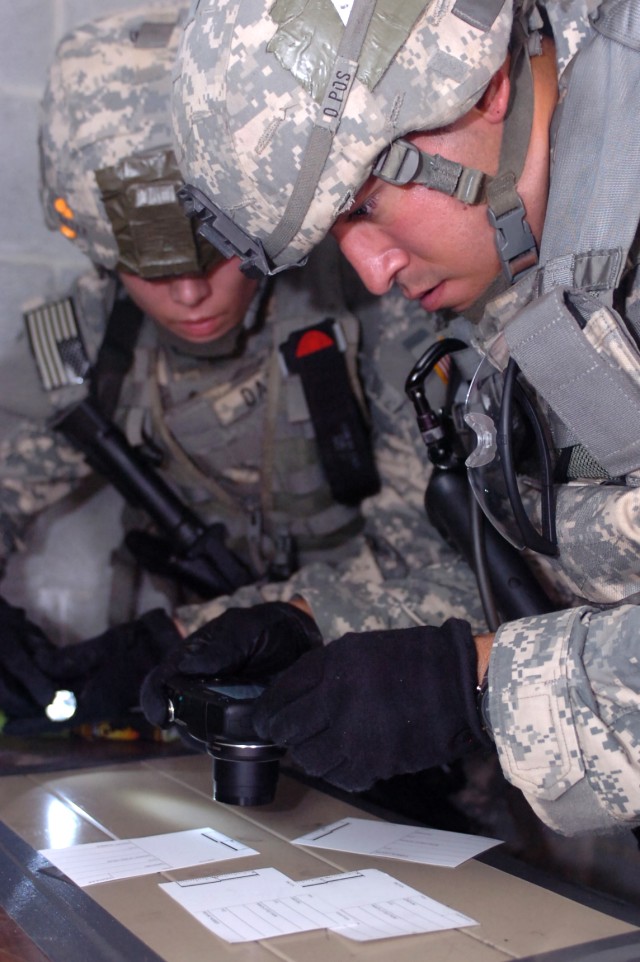
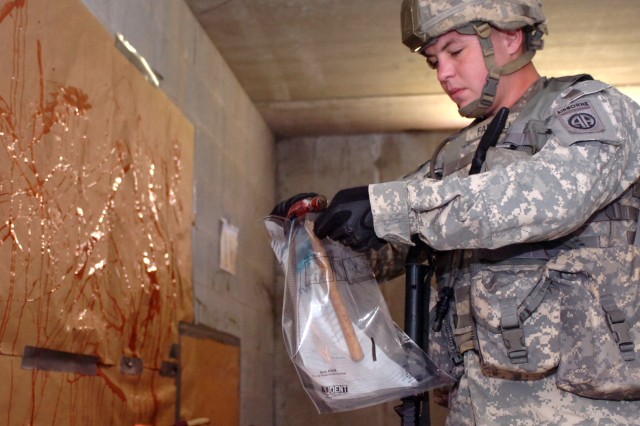


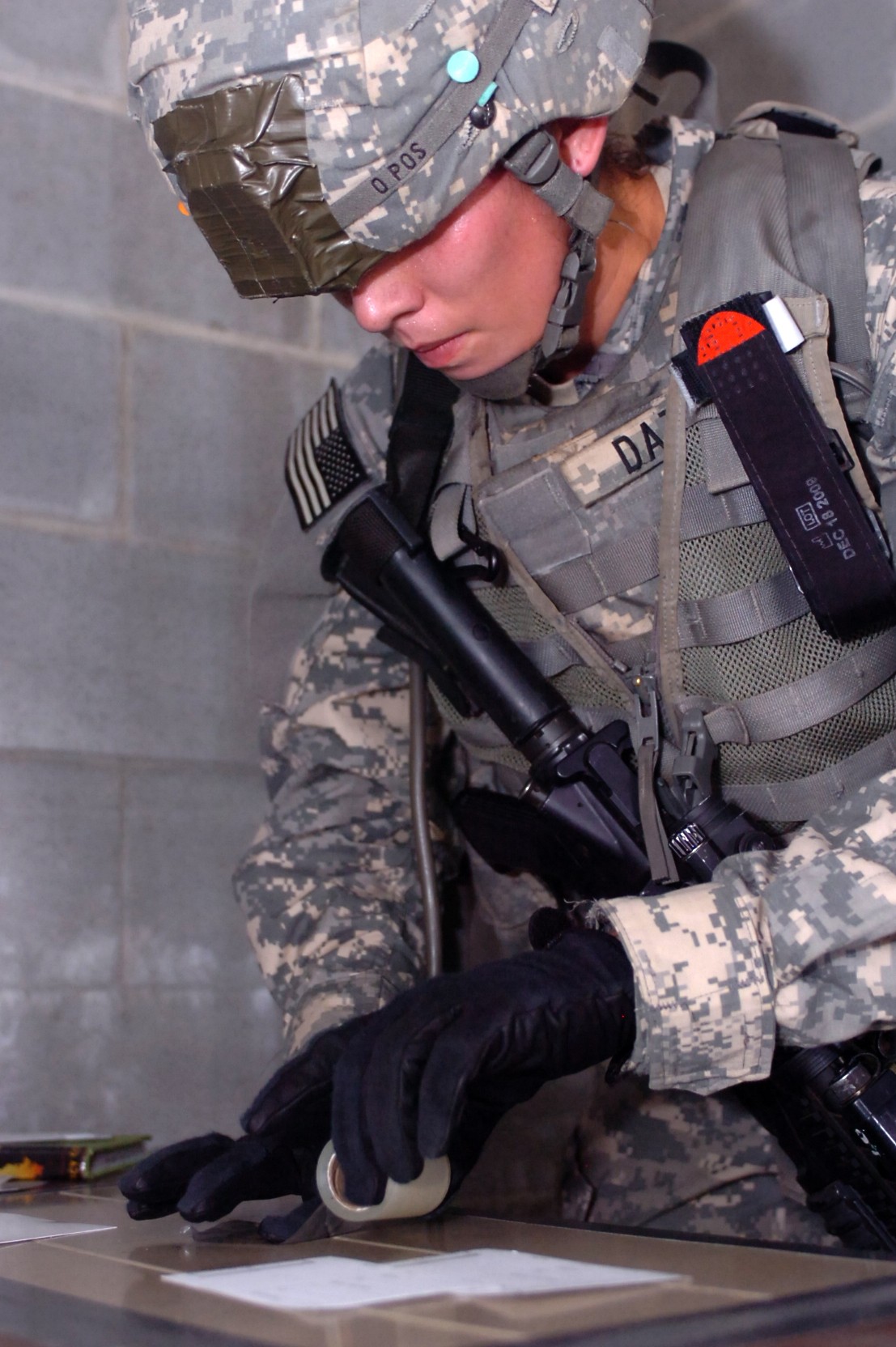

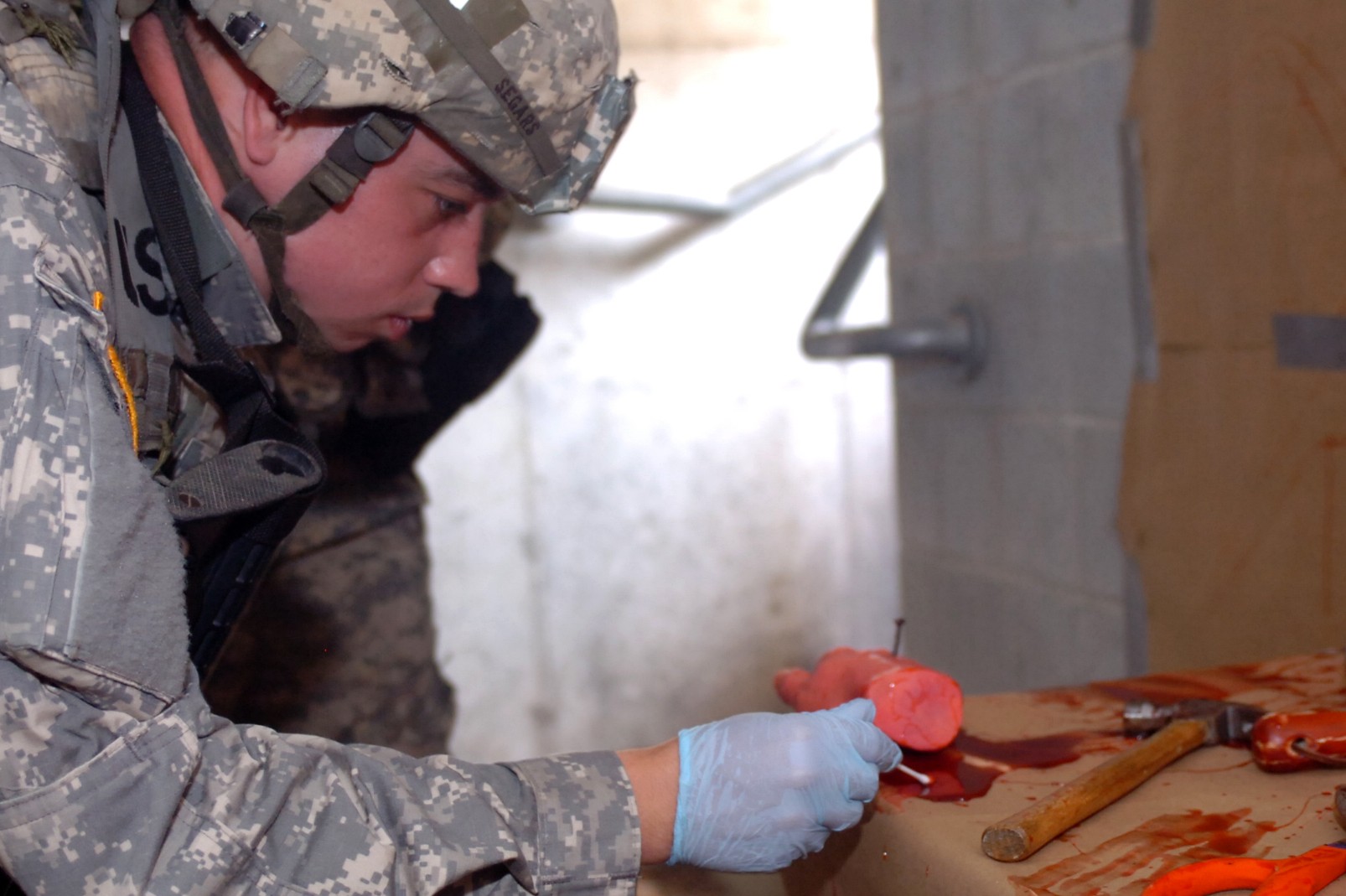
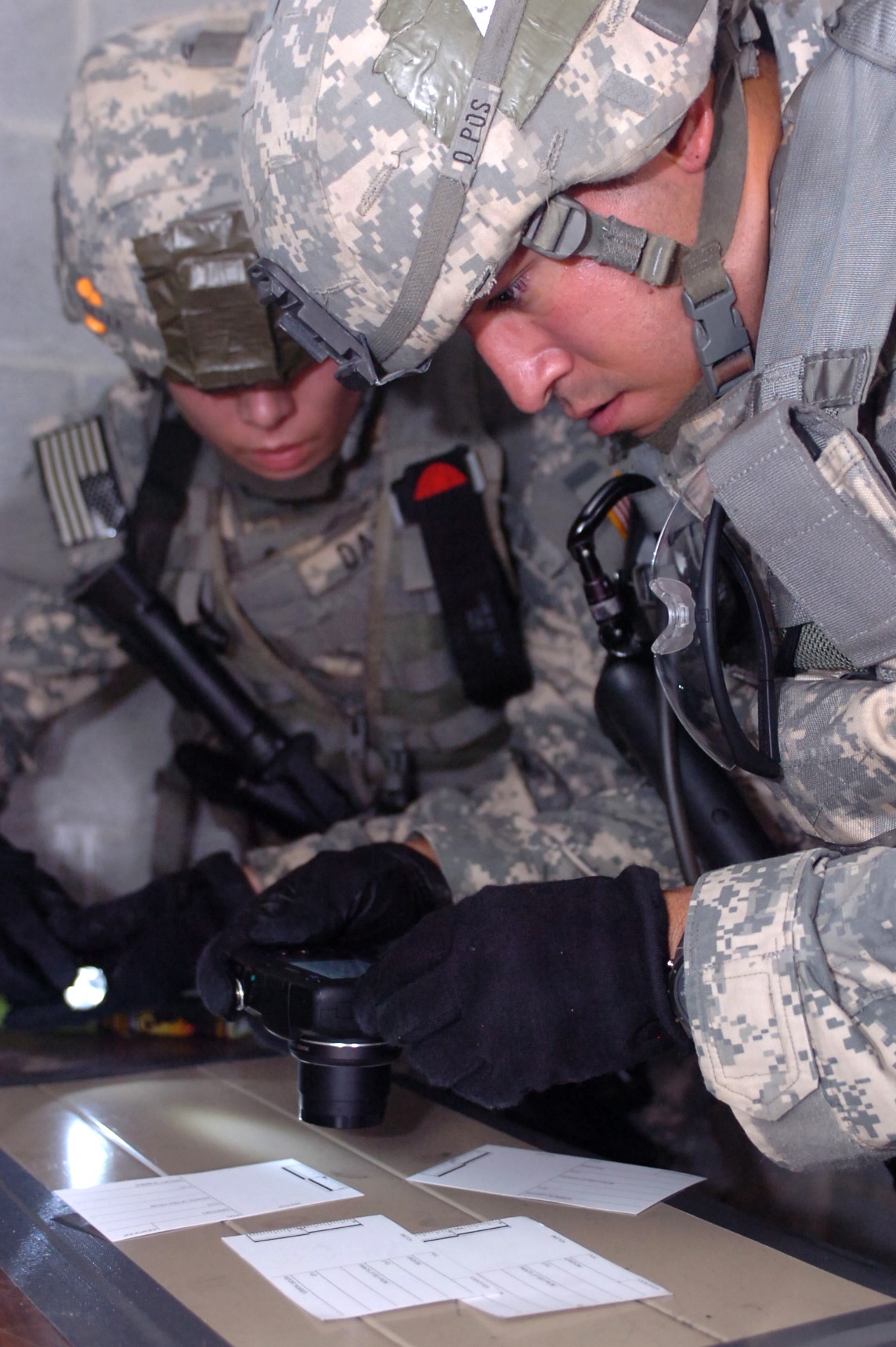
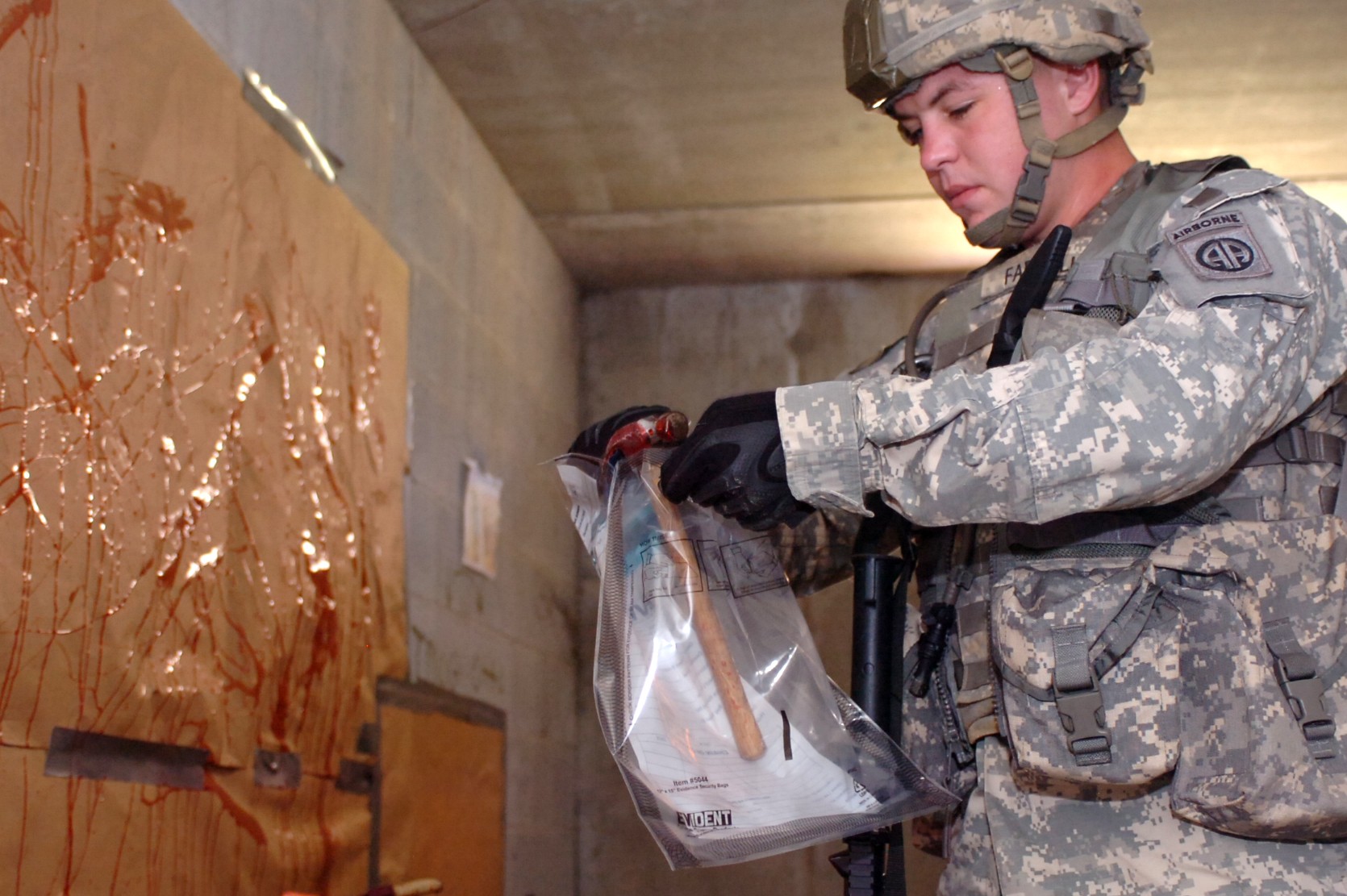


Social Sharing